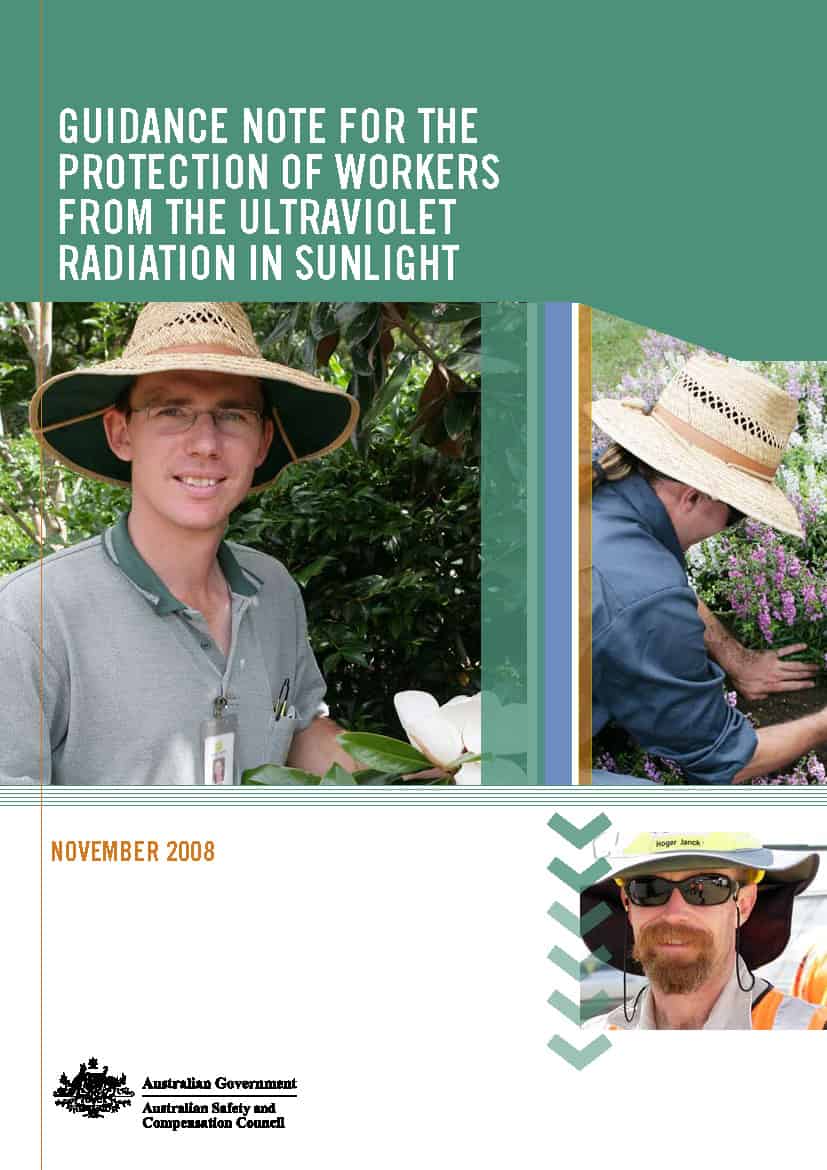Coming to the end of Australia’s school year, the government is going overboard with confronting advertisements for young people, be they related to work safety or binge drinking.
At least the OHS regulators watched other regulators information campaign and reduced their costs by resisting promoting the same message in the same way to the same demographic. WorkSafe Victoria‘s Homecoming campaign has been phenomenally popular and influential.
Sadly, the health promotion sector doesn’t coordinate their effort (or have exhaustive budgets). The Minister for Health, Nicola Roxon, has launched the latest set of confronting ads for teenagers, this time on binge drinking. With such a lack of coordination, the target audience is going to be quickly turned off the ads, instead of turning off the bad behaviour.
Each time this graphic approach is used, the message, regardless of the topic, is severely weakened.
Sadly, we’ve seen it all before (and only a month ago).



